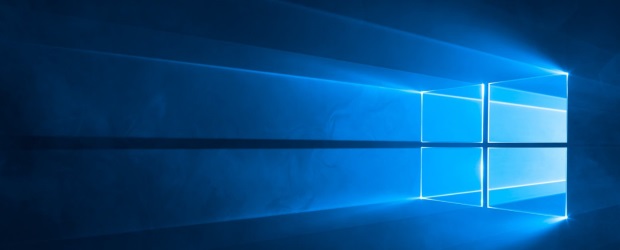If one thing is true about Windows 10, it’s that there is much to both love and hate.
While much of the channel is focused on the migration and refresh opportunities that a new perpetual operating system presents, it may be useful to pause and gauge customer opinions on the upgrade.
To this end, virtualization company VMware has surveyed 600 of its global customers of all sizes a year into the OS’ existence to see what their IT departments thought, and has released its core findings.
1. Windows 10 migration is top priority, but more education is needed
For 64 per cent of respondents, migration is the top priority. This comes as no surprise.
What’s driving the migration, however, is of concern. According to the survey, very few are migrating due to better management (25 per cent), new EMM capabilities (15 per cent) or support for new application types (11 per cent).
In fact, the vast majority (74 per cent) are migrating out of fear of obsolescence, and the majority of respondents said that Windows 10 will not change management functions (58 per cent), or do not know (16 per cent).
This, according to VMware, means that many customers will simply stay with traditional Windows management techniques such as imaging, patching or PCLM tools.
2. IT expects to be supporting Windows 10 for 75 per cent of users within two years
SMBs, at 38 per cent of migration, are ahead of commercial (21 per cent) and enterprise (17 per cent) customers.
VMware expects most customers will begin actively working on their Windows 10 migration project “in the second half of this year” requiring one to two full years to complete.
3. Windows 10 migrations take just as long as previous migrations
This was the case for just over half (54 per cent) of respondents. In addition, the survey also found that the top potential roadblocks are already familiar to IT.
“For many customers, using known approaches and best practices is the most logical and least disruptive approach,” the company said.
According to the company, the top three familiar roadblocks to migration include application compatibility, staffing and end-user perceptions.
4. Few partners and even fewer customers believe Windows 10 will or has exceeded expectations
VMware did not elaborate on this point, but these numbers seem to indicate that the sellers are more excited about the product than are the buyers.
The numbers as they stand are 11 per cent for customers who believe the operating system has exceeded expectations and 24 per cent for partners. That would indicate that for the vast majority Windows 10 does not meet or only just meets expectations. It will be interesting to see whether the Anniversary Update rolling out to Windows 10 starting today would change things.





